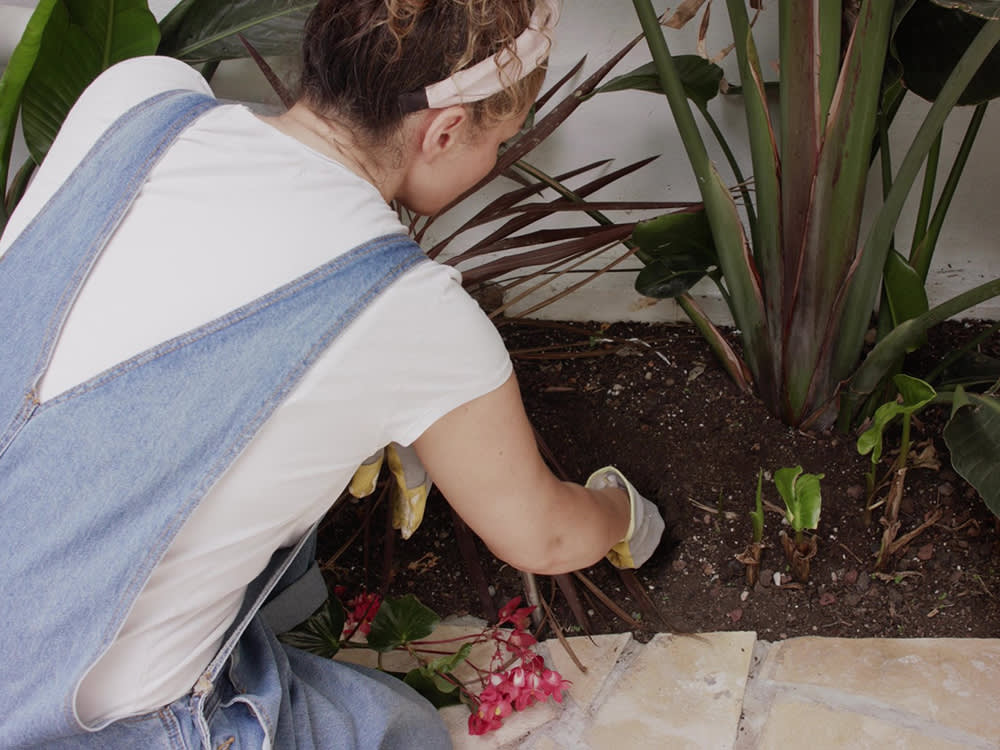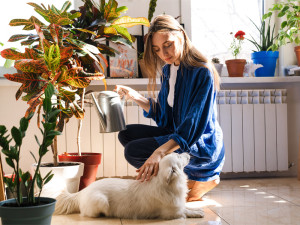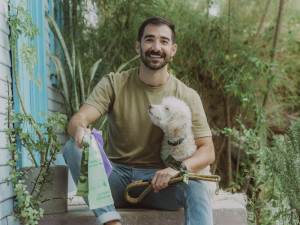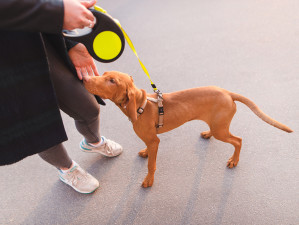How to Compost Your Pet’s Poop
Without getting totally grossed out.
As a dog person, you probably think about dog poop more often than you want to. But here’s a fun (OK, gross) fact you may have never thought about: The average dog produces three quarters of a pound of waste per day, which is 274 pounds per yearopens in new tab. Multiply that by the millions of dogs in the U.S. and that’s a lot of poop.
April is Earth Month, so if you’re feeling extra inspired to reduce waste and help the environment, consider making an in-ground pet-waste digester or dog-poop processor — which is actually a pretty easy weekend project. These DIY dog waste composters divert dog waste from landfills and keep it in your own backyard in an environmentally friendly way. They work similarly to a home septic system, converting the waste to a liquid that leaches out through the subsoil.
Trick question: All dogs are perfect! But find out which type is the best fit for you.
Here’s how to make your own at home.
How to make a DIY dog poop disposal system
Take an old plastic garbage can and drill about a dozen holes in the sides.
Cut out the bottom. (A keyhole saw works great for this.)
Dig a hole deep enough for the garbage can.
Toss some rocks or gravel in the hole for drainage and position the garbage can so it’s a little above ground level.
Place the lid on top. (You might want to paint something like “Dog Waste Composter” across the lid.)
Start scooping.
When you add poop to the bin, sprinkle in some septic starteropens in new tab (available at hardware stores or Amazon) and add some water.
How much do you spend on your pet per year?
“Within 48 hours, the septic-tank starter (which is noncaustic and promotes natural bacterial growth) will have begun its work and you can add more dog poop,” explains Michael Levenston, executive director of the City Farmer programopens in new tab in Vancouver, Canada, who provided these instructions. “You can add to it daily. The waste biodegrades and flows into the subsoil.”
The holes drilled into the side of the can help the fluid and gas exchange with the soil. Check in at least once a week to be sure the dog poop is composting cleanly, and add more septic starter and water as needed.
For those less DIY-inclined, check out the Doggie Dooley 3000opens in new tab. The flip-top lid is a nice feature common to all of Doggie Dooley’s products.
Important note: Do not use composted dog waste in your vegetable garden. Stick to using it in non-food gardens, such as a flower bed or trees and shrubs.
Composting in winter weather
During the colder months, this DIY dog poop dissolver will still work, but more slowly. The microorganisms that break down dog poop are less efficient in colder temperatures. So, in colder areas, more frequent check-ins are required. If things seem to be slowing down, an extra dose of septic system treatment and water will encourage faster breakdown. Once spring arrives, the breakdown speed will begin to pick up again.
While burying a garbage can to compost dog waste might seem like overkill if you live near the woods or in a rural area, dealing with dog waste in an environmentally friendly manner is always a good thing.







